|
Well, today finally felt like spring! I even got out for half an hour at the end of the day to do my first stream fishing of the season. I hit a tiny brook within walking distance of my house and, even though the water temperature was well below 40, managed to catch a three-inch creek chub--well, maybe it was 2 and a half inches--on a size 16 bead-head nymph. The tank's leaking!! At 8:10 Wednesday morning, I got the following e-mail from Cynthia Fortin, of Northfield Middle/High School: We have a major leak that developed! What size should we use as a replacement? I answered Cynthia's question (55-gallon) and told her about how, on Mother's Day 2014, Mary Hogan School's Steve Flint got a call from his school's custodian, informing him that their new tank had sprung a major leak and had only an inch or two of water in it (see below). Since no area store that sold tanks was open, Steve got to work improvising. He found the largest plastic storage bin available, filled it with treated water, and piece-by-piece transferred first the equipment--filter, chiller, aerator--to the storage bin and then the fish. Most of his fish didn't survive the mere inch of water, but the amazing thing is that 55 of them did. Nice job, Steve! A little more than four hours later, Cynthia sent the following e-mail to Shawn Nailor, TIC liaison for the Mad Dog TU chapter, and me: Hi Shawn and Joe! I just purchased a new tank and it’s all set and the fish are happy! We are too! We still have 91 little ones happy to be in their bigger home (we let them out of their breeder nets today) and they seem to be doing fine. Our die-off has subsided and the ones remaining are looking strong! Thanks so much for your support! Cynthia Release Day equipment In the remainder of this post, I'll talk about resources that might support your Release Day activities. Many TIC programs engage their students in stream studies, both during the school year and on Release Day. One of the most popular in-stream activities is collecting and classifying macroinvertebrates and then using the macro data to calculate the stream's "biotic index," a measure of its health. To collect macros, a net of some sort is needed. Commercial nets--usually a rectangular or D-shaped net attached to a long handle--are available but can be expensive. I've provided links below to two examples, one (a "student" version") costs $29.95, the other, (probably designed for professionals) costs $201. Another option is a "kick screen." A kick screen is essentially two vertical sticks with nylon netting attached to the sticks. Here's a commercial kick screen that costs $53.75. But "kick screens" are also easy and inexpensive to make. All you need to do is buy a six-foot tomato stake and 36" of 24"-wide nylon screening at your local hardware store. Cut the stake in half, sharpen one end of each now-36" stake, and then staple or tack one end of the screening to the bottom of each stake. (You'll want to leave about two inches of stake below the bottom of the screening.) You can probably make five kick screens for under $10. Here's a photo of MEMS students looking for bugs and other creatures on the kick screen they just used for collecting macros. Below the kick screen is a white plastic dish pan into which the students are transferring the insects. Below is a photo of one of the eight kick screens I made a few years ago. Sometimes after a busy Release Day they need a little repair. 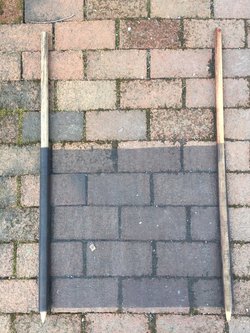 After your students have caught macros, what do they do with them? If you're planning a macro collecting/classifying activity, you'll want to assemble one or more collecting kits. If, like many teachers, you choose to break your students up into small groups of four or five kids, each under the supervision of an adult volunteer, you will need a kit for each group. So, you'll have to acquire inexpensive materials. Here's an example of a collecting kit. None of these items was expensive, and all, with the possible exception of the pipettes, should be available locally. I've laid out all but the "Dollar Store" wash basin on the foam board below. Contents of collecting kit
That folder also contains a "Biotic Index" that allows students to use data on the macros they collected to calculate the health of the stream in which they were sampling.
0 Comments
Leave a Reply. |
Joe Mark, Lead Facilitator, Vermont Trout in the Classroom
In June 2012, I retired after 40 years in higher education, having spent the last 32 years of my career as dean at Castleton. One of the first things I volunteered to do in retirement was to work with Jim Mirenda to help the Dorset School, where his kids and my Vermont grandkids attend, start a TIC program. Gradually that commitment grew into my current role, which is both demanding and highly rewarding. Archives
June 2017
Categories |
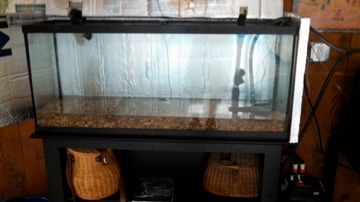
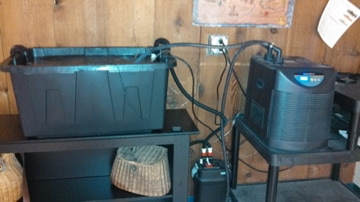

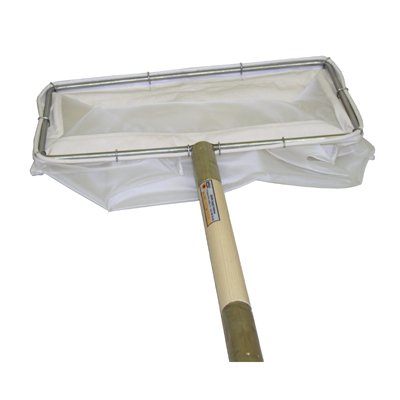
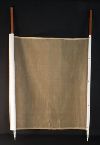
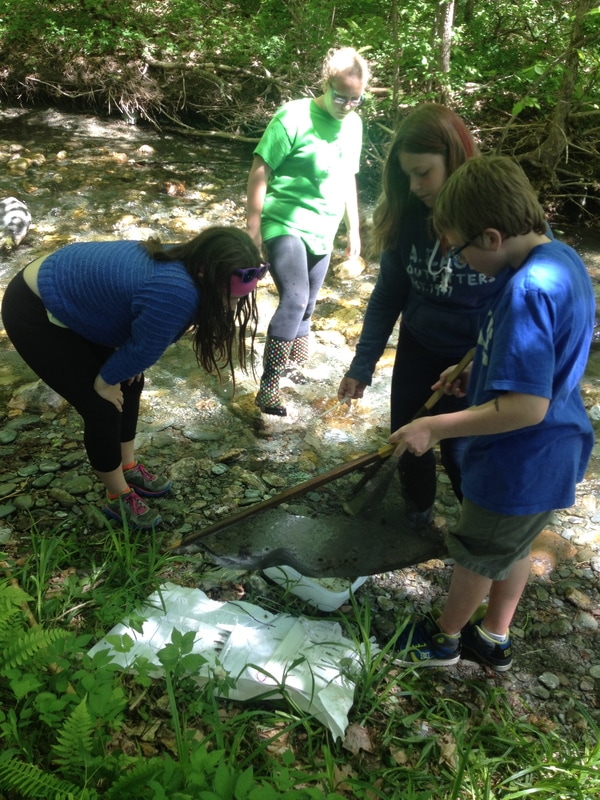

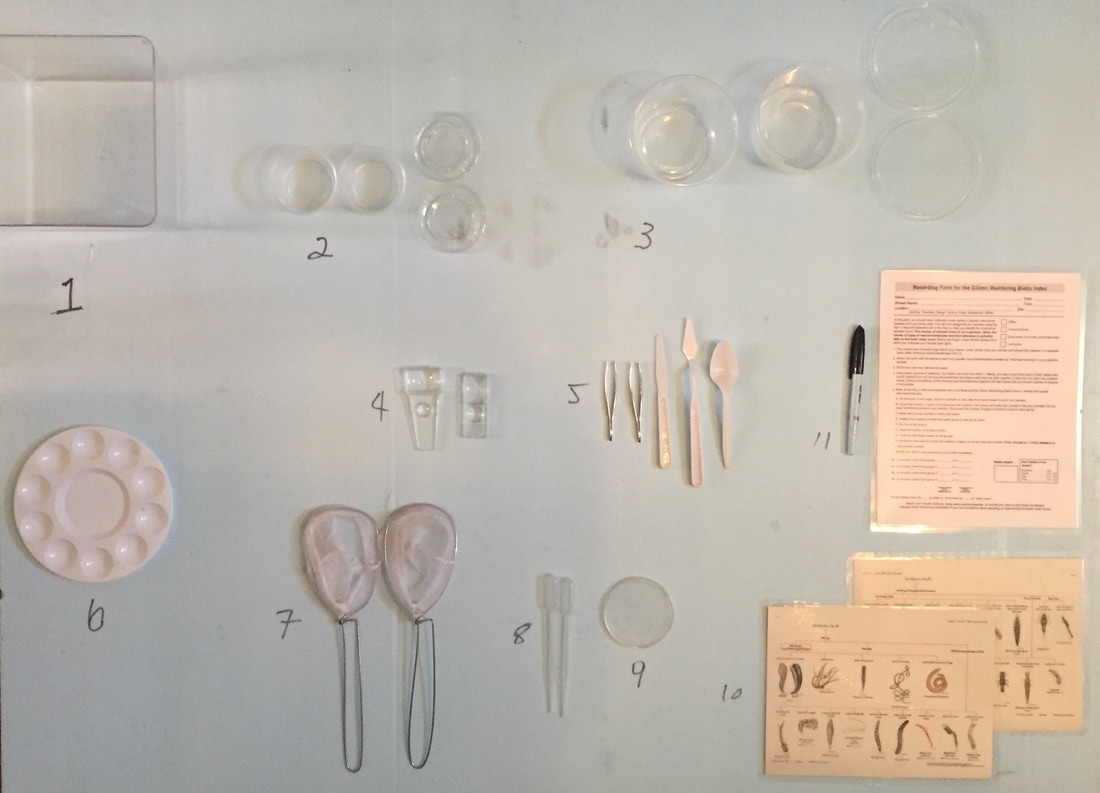
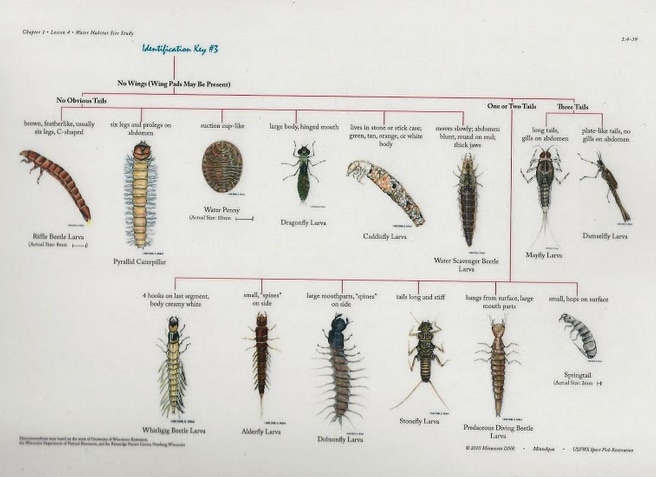

 RSS Feed
RSS Feed
